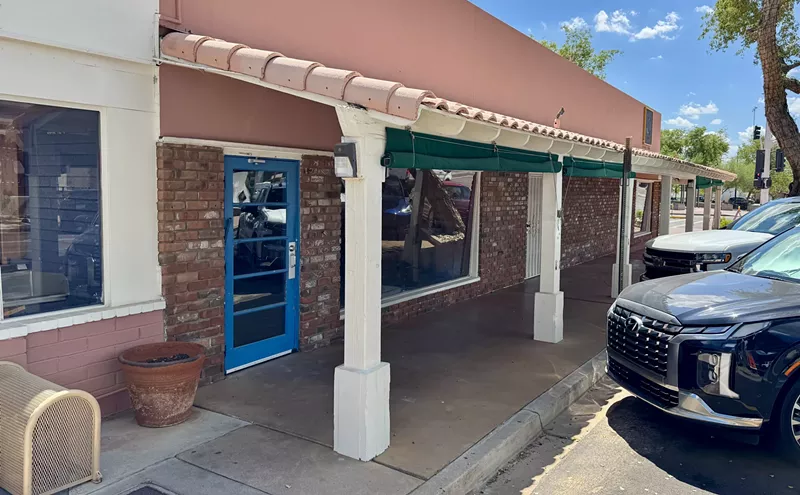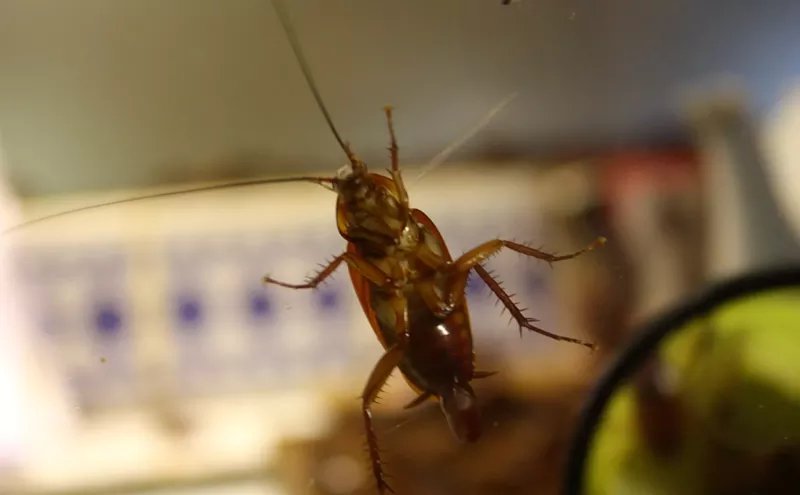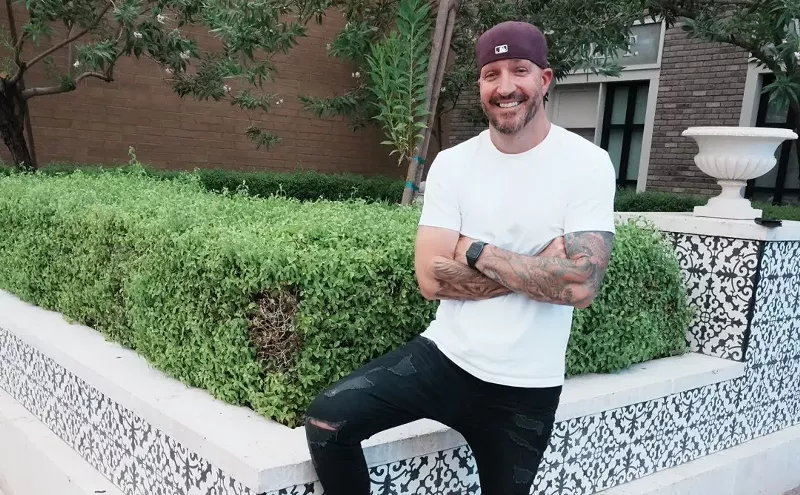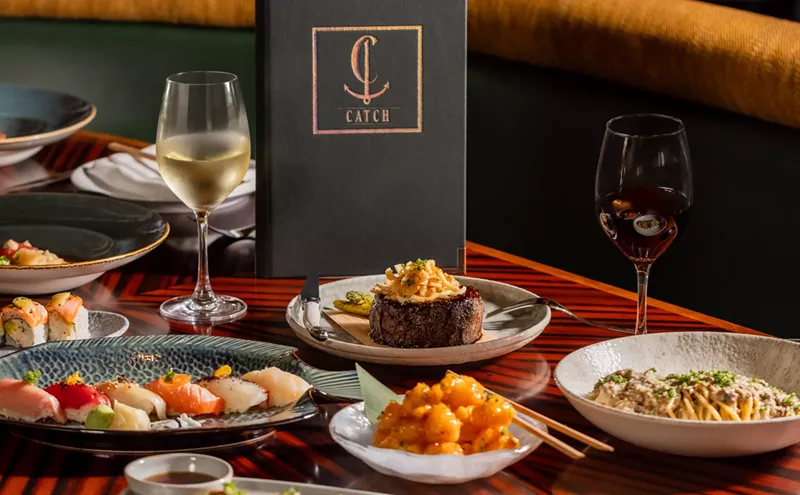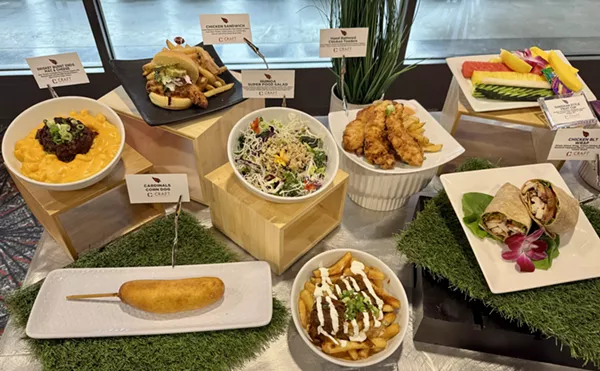If you've got a bit of room in your yard and a hose or water source, you can compost and possibly save hundreds of dollars a year on soil and garden soil enhancers.
"Composting is a pretty easy sell to anyone who is actively gardening. If someone is spending money on soil amendments or spending time mowing their lawn or sweeping up leaves, they just need to learn to the basics before they're eager to jump into it," says Susan Rubin, class coordinator for the Valley Permaculture Alliance.
There are many types of composting (traditional, bokashi, vermicomposting, aerated, in-vessel); read on to learn more about your best options in the urban desert.
See also: 5 Things You Need for Your Garden This Spring in Metro Phoenix
The basic concept of compost pile is to layer "greens" and "browns," add water, turn the pile and get a breakdown of organic matter. Compost is rich in nutrients, making it ideal to add to our native soil or regular garden soil. In short, you'll layers "greens" and "browns," add water, turn the pile and get a breakdown of the organic matter over the course of a few months.
So, what's needed to compost? K. Neil, a biology professor and VPA class instructor breaks what you need down: "A shovel to dig out the compost when it is ready; an enclosure to neatly contain the compost (while allowing air to move around) to keep the pile looking nice when nosy neighbors look in your backyard and to help keep potential scavengers out; a soil/compost thermometer if you really want to check the temperature of the compost; a hose or other source of water to help keep the pile moist in the summer." You'll also want a spot away from your home-- in other words don't compost next to your patio.
What things can be placed in compost? What things cannot be placed in compost? Carol Stuttard a Master Gardener and Horticultural Teacher says, "Any vegetable matter or manure from vegetable eating animals can be added. Do not add any manure from meat eating animals or any meat products. Also, do not add weeds with seeds or perennial weeds." Also don't add plastic, glass, or metal. You're going to be eating food grown in this soil. Be sure to start your pile with healthy soil or some manure of non meat eating animals.
"Greens" are nitrogen-rich, fresh plant material or kitchen scraps including coffee grounds. "Browns" are carbon-providing dried leaves, cardboard, or shredded paper. Layer them in a ratio of about 3 parts "brown" to one part "green", provide adequate moisture between each layer, and let it start cooking -- the heat here in Arizona actually helps! Always ensure the top layer is "brown" materials to keep flies and such away. Be sure not to add oleander, eucalyptus or other plants that contain toxins.
Obviously, here in the desert keeping the compost pile moist, but not wet is crucial. Susan Rubin says, "There are a couple of things you'll need to know: the right amount of moisture (the moistness of a wrung out sponge), and that your pile needs to generate some heat through microbial action in order to work effectively. That takes at least about a cubic yard of material." Of course, your pile will shrink as it breaks down but you'll need to have an empty compost area right beside the compost pile and just turn it over into that area, with a pitchfork or garden fork.
Speaking of breaking down, there's lots of discussion about choosing to turn or not turn your pile. If you choose not to turn, it will take more time to make usable compost. If you turn the pile, you could do it once a week or whenever scraps are added. There's not a hard and fast rule. The good news is here in Phoenix you don't need a tarp to keep out heavy rains!
Once you've got basic composting down, you might choose to experiment with worm boxes (tricky as this is best done in temperatures under 90 degrees), in vessel composting where you compost in a bin or silo but it's best to start basic. Truly the most time consuming things will likely be building your area for composting (and a place to turn it if need be) and learning more about the process. Leave the rest up to nature and be patient.
Valley Permaculture has some excellent classes, as does The Simple Farm.



